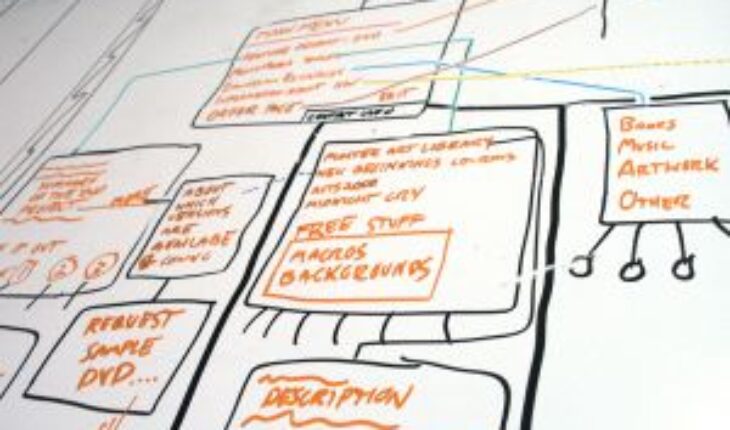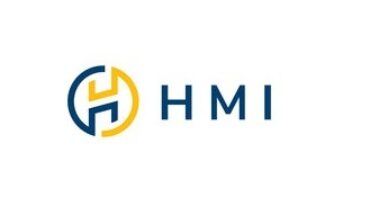If you’re new to Project Management, the number of different methodologies (and acronyms) can be mind-boggling. We’ve broken 16 common project management methodologies into bite-sized pieces to help you choose the best approach for your next project.
ADAPTIVE PROJECT FRAMEWORK (APF)
Improves the project at every stage by learning from the previous stage’s results. By defining project goals and regularly reviewing project scope, managers can deliver the highest possible business value for the customer.
AGILE
Adapts to change, capitalizes on trends, and creates a dynamic team through collaboration 4 and flexibility. Stakeholders review the project LL.at each stage so teams can make the right adjustments, creating high-quality products „ that meet customer need.
BENEFITS REALIZATION
Defines success as achieving a desired benefit. If clients want to increase sales by 15% and hire you to develop new CRM software, the project isn’t complete until sales are up 15% – even if you deliver the desired CRM on time and within budget.
CRITICAL CHAIN PROJECT MANAGEMENT (CCPM)
Avoids project delays by identifying a “critical chain” of tasks, reserving resources for those tasks. Since schedules are built around resource availability the project timeline may be longer, but there’s less chance of missing important deadlines.
CRITICAL PATH METHOD
Determines your project’s shortest timeline so you can adjust to shifting deadlines. By identifying the project’s most essential tasks, you can estimate completion dates, dependencies, milestones, and deliverables. And compare what should be happening with what is happening every day.
EVENT CHAIN METHODOLOGY
Helps recognize and plan for potential risks. Monte Carlo Analysis and Event Chain Diagrams help determine the probability of certain risks and their potential impact. Visualizing the relationship between external events and project tasks helps create realistic plans.
EXTREME PROGRAMMING (XP)
Features short development cycles, frequent releases, and open communication with stakeholders. Teams focus on collaboration and efficiency, writing the simplest possible code to produce the desired feature, avoiding burnout and low-quality deliverables.
https://www.youtube.com/watch?v=HwOMtectTkQ?list=PLpLGS575dTXvNL4DxI4wi0bhXCTI8cGgP
KANBAN
Produces a slow and steady stream of deliverables through continuous workflow. Managers often use a whiteboard or sticky notes to represent progress and uncover process problems. By understanding where time is wasted, teams can improve productivity.
LEAN
Delivers high-value, high-quality work with less manpower, money, and time. Lean cuts waste by eliminating bottlenecks, focusing on customer value, and continually improving processes. Use Lean to cut budgets, meet quick deadlines, and get big results with a small team.
LEAN SIX SIGMA
Comb-nes Lean’s efficiency with Six Sigma’s statistics-based process improvement. By defining how work actually gets done, teams eliminate waste and focus on delivering the highest possible value to clients.
https://www.youtube.com/watch?v=BKorP55Aqvg?list=PLHKGsjqPzJnvTvrxtmp2yO_6i1xWP7_hA
PRINCE2 (PROJECTS IN CONTROLLED ENVIRONMENTS)
Ensures that every project has business justification and will contribute value. Planning begins by identifying a clear need, targeted customer, realistic benefits, and accurate cost assessment.
https://www.youtube.com/watch?v=YZyS90pl-N4?list=PLF1B82C10C75C9319
PRISM (PROJECTS INTEGRATING SUSTAINABLE METHODS)
Blends project planning with environmental sustainability measures. Want to go green? PRiSM is for you. Reduce energy, waste management, and distribution costs, all while reducing your environmental footprint
PROCESS-BASED PROJECT MANAGEMENT
Guarantees every project furthers the company’s mission. Before project kick-off, the plan is analyzed to see if it will live up to the mission statement; if not, all strategies and goals are adjusted. Every action adds value to an organization’s strategic vision.
SCRUM
Emphasizes productivity, focus and collaboration so teams can build high-quality deliverables quickly and adapt to change easily. Teams work in short sprints for maximum efficiency, plus they can test new iterations quickly and fix mistakes right away.
SIX SIGMA
Improves processes and product quality by reducing defects or bugs. A rating of “six sigma” means that 99.99966% of what’s produced is defect-free. By examining the entire production process, you can find possible improvements even before defects appear.
WATERFALL
Breaks projects down into a series of sequential tasks. With clearly defined goals and a set timeline, teams work through tasks in order, completing each one before moving on to the next in line. And extensive planning means accurate timelines and budgets.
 Infographic brought to you by Wrike – Collaborate Online For Free
Infographic brought to you by Wrike – Collaborate Online For Free
Originally posted 2015-07-25 02:41:51. Republished by Blog Post Promoter








